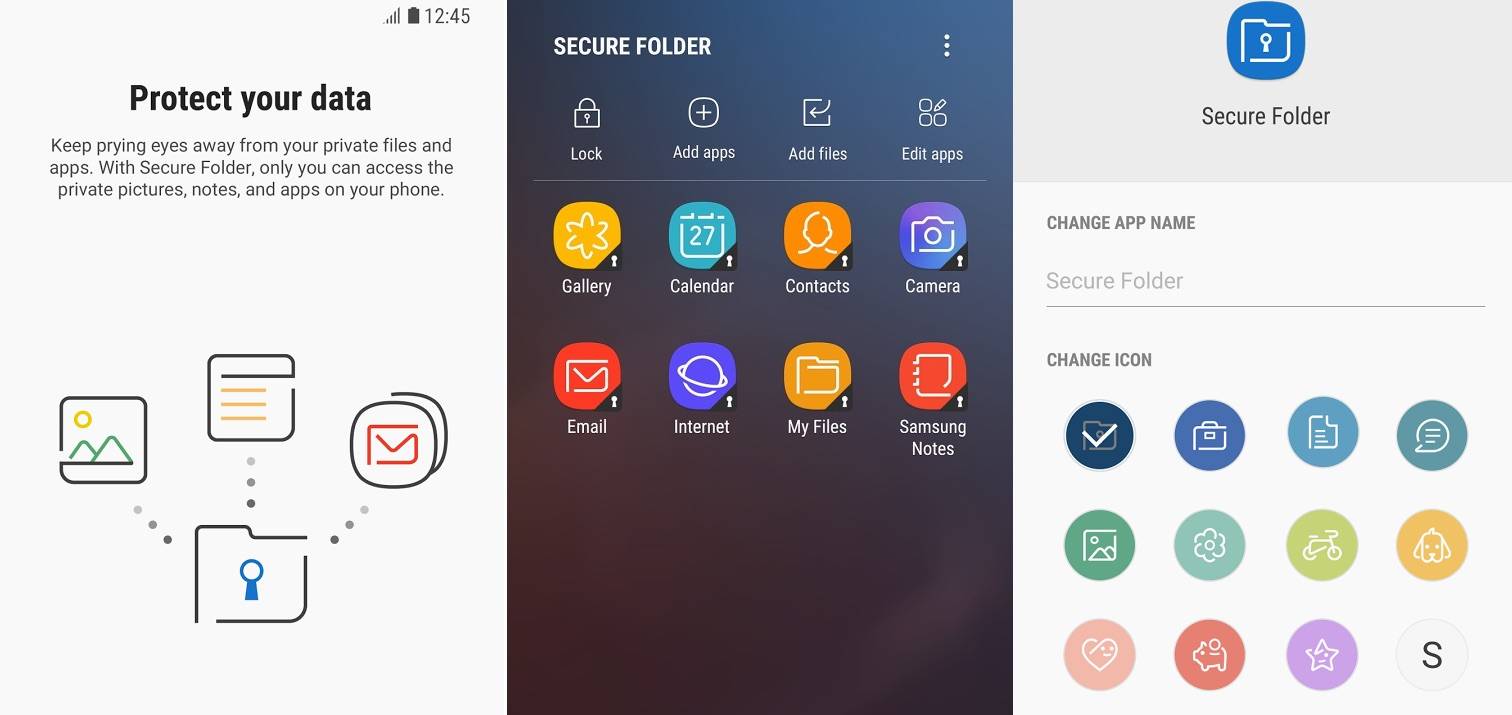A secure Folder is an encrypted folder on your phone that is used to store files, media or applications and keep this data private. The feature is native to many Samsung devices and requires Android 7 or higher. See below for tips on how to use Secure Folder on a Samsung phone.
A secure Folder is usually available in the Samsung apps list. If you have a device that has the feature, you can look in your apps or in the manufacturer’s folder.
How to set up a Secure Folder on Samsung
To get started, it’s important to know that you need to have a Samsung account. If you don’t have it yet, go to the website and create your account.
To configure the secure folder, follow the steps below:
- Open the settings menu on your Samsung;
- Tap “Biometrics and Security;”
- Select “Secure Folder”;
- Log in with your Samsung account;
- Follow the instructions and set a lock type for the Secure Folder;
Now that your Secure Folder has been created on Samsung, I will show you how to use it.
How to use Secure Folder
You can add files, and media or use apps inside the Secure Folder on your Samsung.
Move files or media
You can do this through the secure folder itself or by selecting the file. See how:
- Open the file location;
- Tap and hold on the file to select it;
- Tap the 3 dots that appear below;
- Select “Move to Secure Folder”;
Or, in the Secure Folder itself:
- Open the Secure Folder app and enter your password;
- Tap the 3 dots in the upper corner;
- Select “Add files”;
- Choose the location and select the file you want to move to the Secure Folder;
Attention: When copying a file to the Secure Folder, a new version will be created inside the Folder. If you move, the original file will be transferred to the Folder and only accessed from there.
Move apps to Secure Folder
Using apps in Samsung Secure Folder has some quirks. When you move an app into the Folder, it is not mirrored. A second application is installed inside the secure directory and needs to be configured again from scratch with login and passwords.
If you want, you can delete the application that was left out and uses only the new one installed inside the Secure Folder.
It is important to note that some apps may not work very well in the Safe Folder, such as those that use a credit card – banks or Uber –, for example.
It is also possible to download applications directly from the Secure Folder. When you open it, just tap the plus icon and download the app from the Play Store.
Hide and customize Secure Folder
As a privacy and security add-on, you can hide the Secure Folder app from your app’s screen on Samsung. To do this, open the folder, tap on the three configuration points and select the “Settings” option. Just uncheck the “Show icon on apps screen” option.
To enter the Secure Folder if it is hidden, you can access it through the Android settings in the “Biometrics and Security” menu and click on “Secure Folder”; It can also be accessed from the notifications panel: just swipe down and select the “Secure Folder” icon;
Another possibility is to customize the Secure Folder icon as a kind of “disguise”. When opening the app, tap on the three dots again and choose the “Custom” option. You will be able to choose from some icons that have nothing to do with security or privacy, such as a heart, a dog or a bicycle.
In this guide, I used a Samsung Galaxy S10 + with Android 11 to access Secure Folder. The path may vary depending on the Android version or Samsung model, but it will be something close to that.
